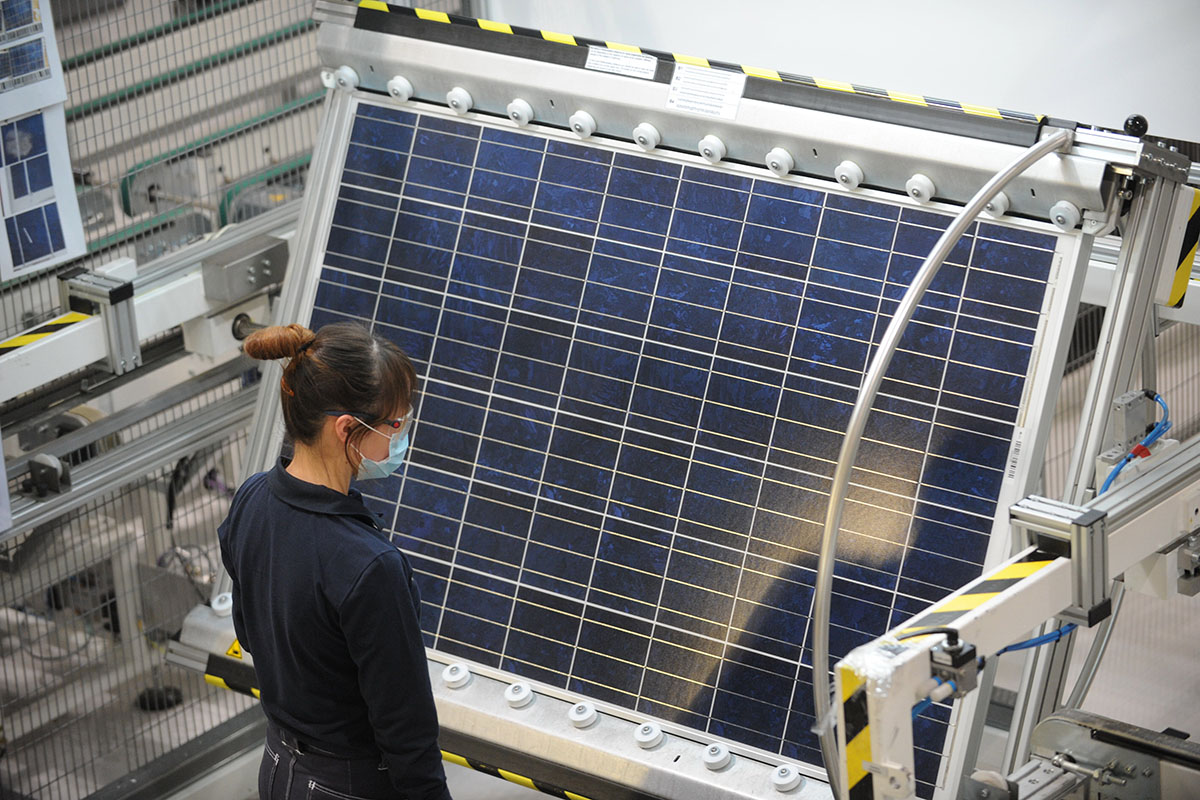According to the International Renewable Energy Agency (IRENA), Southeast Asia has vast untapped renewable energy resources. These resources, if utilised properly, can yield better potential for the region in the form of increased energy capacity, cost efficiency, employment opportunities and at the same time, meet the United Nations’ Sustainable Development Goals (SDGs).
IRENA’s 2018 ‘Renewable Energy Market Analysis’ for Southeast Asia states that solar energy, in particular, has great potential in the region. Global horizontal irradiation which is the parameter used for photovoltaic (PV) installations, is very strong, with an annual average of 1.5-2 MWh/m² annually. Wind resources are more modest with certain areas of Indonesia, the Philippines, Thailand and Vietnam, reaching average wind speeds between six and seven metres per second.
Apart from solar and wind energy, the report also states that there is a significant geothermal potential in Indonesia and the Philippines. “In terms of ‘proven reserves’ – resources that can be economically exploited with current technology – Indonesia leads the region as it is expected to be responsible for substantial future capacity increases,” the report added.
The archipelagic countries in the region such as Indonesia, Singapore and the Philippines also have substantial potential for ocean energy - a renewable energy source, in which electricity can be generated from tidal streams, waves or differences in salinity - but this requires further study and mapping before deployment.
Cost
As in previous years, the cost of adopting renewable energy technologies continue to be a main deciding factor. However, IRENA’s market analysis report found that the cost of deploying solar PV and wind have declined. The report states that solar PV experienced the most sizeable cost reduction from 2012 to 2016. “Weighted average installed costs were US$3,915/kilowatt (kW) in 2012 and US$2,134/kW in 2016 – a 45% decline in four years, which is in line with the global average during the period.”
On the other hand, the average installed cost for onshore wind also decreased from US$2,627/kW in 2013 to US$2,342 in 2016, which is an 11% difference in the time span of three years, promising a stronger economic case for the espousal of renewable energy in the region.

Socio-economy
Other than a positive cost outlook, renewable energy development also can bring about a huge range of socio-economic benefits. The opportunities include an increased income, job opportunities, industrial development and improved quality of life.
According to the report, quicker deployment of renewable energy in the region will have a small, but positive, impact on ASEAN’s GDP. “GDP is expected to rise 0.03% in 2030, demonstrating that renewable energy growth does not have to come at a cost to growth. The scale of impact varies across different countries in the region. Among fossil-fuel-exporting countries, a loss of revenues from exports may be offset through domestic measures to increase the share of renewables, for example, by stimulating investments,” the ‘Renewable Energy Market Analysis’ report stated.
As for renewable energy’s potential for the workforce, IRENA’s analysis shows that development in this sector is constantly creating jobs across the region. IRENA’s estimates demonstrate that the sector had created 611,000 jobs in 2016 alone. The renewable energy sectors that employed the most workers were liquid biofuels, hydropower and solar PV.
Indonesia, Malaysia, the Philippines and Thailand together employed almost 350,000 people in the biofuel value chain, with Indonesia employing 154,300 out of that total itself.
The report estimates that by 2030, the sector can reach up to 1.7 million employments. Strong investments in solar PV will see employment soar up to a six-fold reach of 333,000 jobs in 2030. As for wind energy, 60,000 jobs will be realised in 2030. Jobs in other energy sectors such as bioenergy, hydropower and geothermal also show significant growth, according to the report. Through these estimates, Indonesia and Malaysia will maintain in the top spots as renewable energy employers in the region.
Meeting Sustainable Development Goals (SDGs)
The potential of developing renewables in the region goes beyond cost benefits and employment opportunities. It would also aid in achieving SDGs set by the United Nations. This includes poverty alleviation, sustaining health, and a green climate.
A couple of the biggest SDGs that can be met through the deployment of renewables are SDG 15 and 13 which are environmental benefits such as reducing deforestation and emissions of greenhouse gases as well as combating climate change.
Achieving these SDGs will result in “substantial economic, social, health and environmental benefits,” added the report.
Recommended stories:
